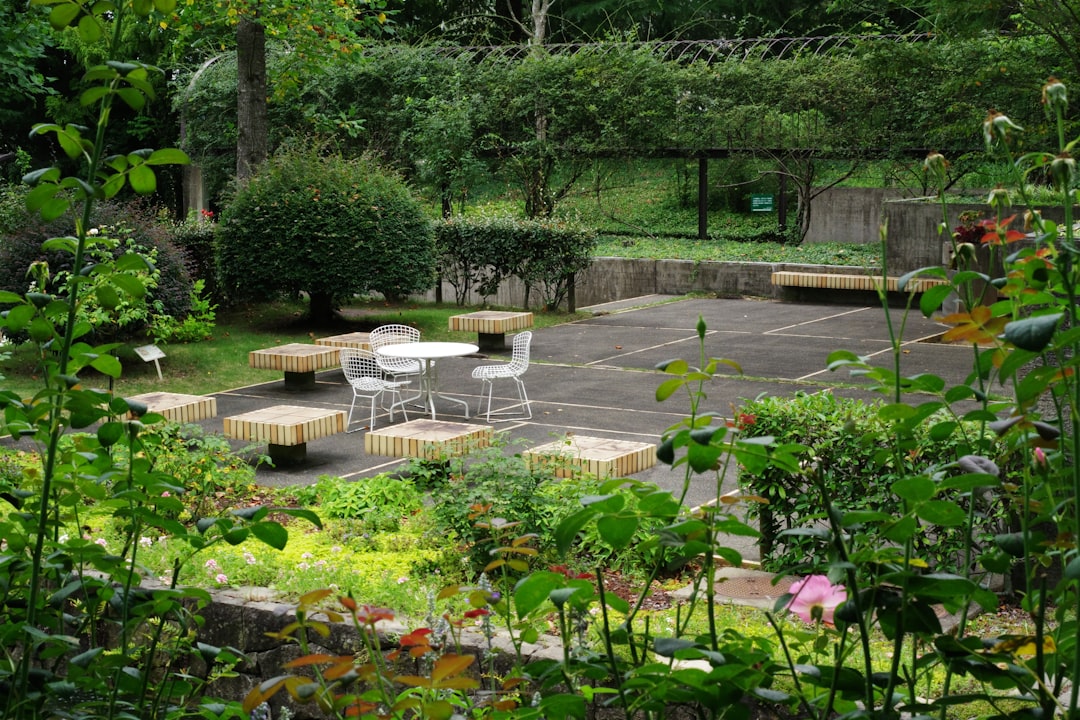Fall Lawn Maintenance: The Key to a Healthy Yard in Winter

As the leaves start to change color and the air turns crisp, it's a clear sign that fall is here. For many homeowners, this is the time to start thinking about wrapping up their lawn care routine for the season. One of the most important questions that arises during this time is: when should you stop mowing your lawn in the fall, and what is the right height to keep it for winter?
Well, the answer to these questions largely depends on the type of grass you have in your yard. Different grass species have different growth patterns and requirements, especially as the weather starts to cool down. Let's take a closer look at some common grass types and how to care for them in the fall.
Warm - Season Grasses
Warm - season grasses, such as Bermuda grass, Zoysia grass, and St. Augustine grass, thrive in hot weather. As the temperatures drop in the fall, these grasses begin to slow down their growth. Generally, you can stop mowing warm - season grasses when the average daily temperature consistently stays below 55°F (13°C). At this point, the grass will enter a dormant state, and further mowing may cause unnecessary stress.
When it comes to the height for winter, it's recommended to keep warm - season grasses at a height of about 1 to 2 inches. A shorter height helps prevent snow mold and other fungal diseases that can occur during the winter months. It also allows the grass to receive more sunlight, which is beneficial when the days are shorter.
Cool - Season Grasses
Cool - season grasses, like Kentucky bluegrass, fescue, and ryegrass, are more active in the cooler months. For these grasses, you can continue mowing until the grass stops growing, which usually happens when the ground freezes. This might be later in the fall compared to warm - season grasses.
For winter, cool - season grasses should be kept at a height of around 2.5 to 3 inches. A slightly taller height provides insulation for the roots during the cold winter, protecting them from extreme temperature fluctuations. It also helps the grass recover more quickly in the spring.
The Importance of the Right Mowing Height
Maintaining the correct mowing height in the fall is crucial for the overall health of your lawn. If you cut the grass too short, it can expose the roots to harsh winter conditions, making them more susceptible to damage. On the other hand, if the grass is too long, it can mat down under the snow, creating an environment for mold and diseases to thrive.
Additionally, proper mowing height in the fall can also affect the grass's ability to photosynthesize. Even during the winter, the grass needs some sunlight to stay healthy. By keeping it at the right height, you ensure that it can still receive enough light to carry out this essential process.
Preparing Your Mower for the Off - Season
Once you've determined the right time to stop mowing your lawn, it's also important to properly store your mower. Start by cleaning the mower thoroughly, removing any grass clippings, dirt, and debris. This helps prevent rust and corrosion.
Next, drain the fuel from the mower. Old fuel can break down over time and cause problems when you try to start the mower in the spring. You can either run the mower until the fuel is empty or use a siphon to remove the fuel from the tank.
Finally, sharpen the mower blade. A sharp blade ensures a clean cut, which is important for the health of the grass. You can either sharpen the blade yourself using a file or take it to a professional for sharpening.
In conclusion, caring for your yard in the fall involves making informed decisions about when to stop mowing your lawn and what height to keep it. By understanding the needs of your specific grass type and following these guidelines, you can ensure that your lawn stays healthy throughout the winter and comes back strong in the spring. So, take the time to give your lawn the attention it deserves this fall, and you'll be rewarded with a beautiful yard for years to come.